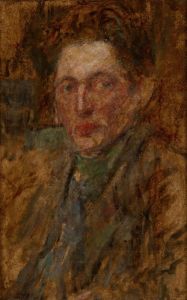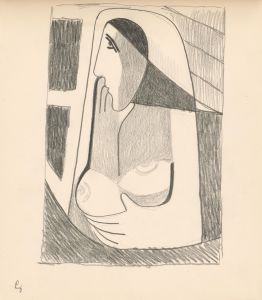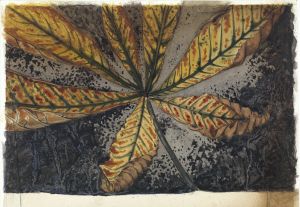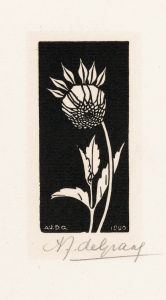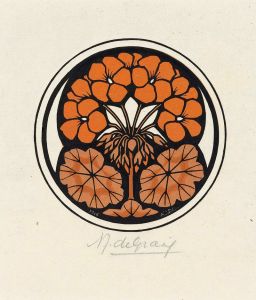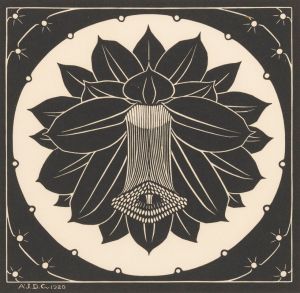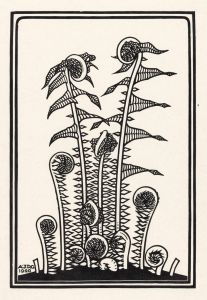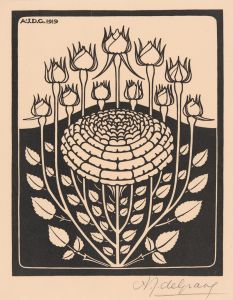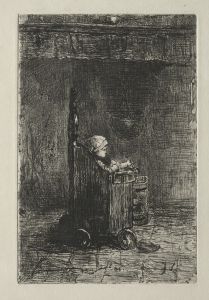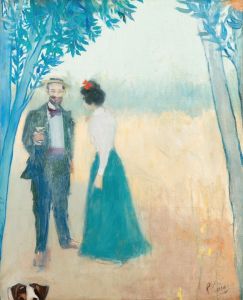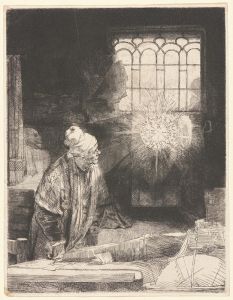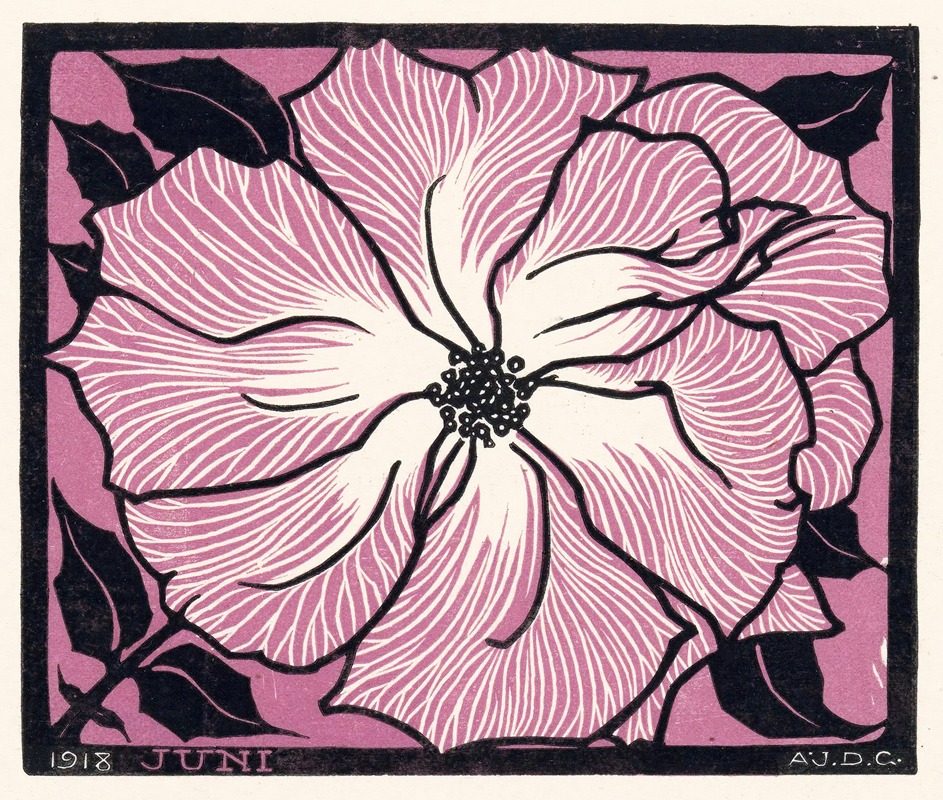
Juni
A hand-painted replica of Julie de Graag’s masterpiece Juni, meticulously crafted by professional artists to capture the true essence of the original. Each piece is created with museum-quality canvas and rare mineral pigments, carefully painted by experienced artists with delicate brushstrokes and rich, layered colors to perfectly recreate the texture of the original artwork. Unlike machine-printed reproductions, this hand-painted version brings the painting to life, infused with the artist’s emotions and skill in every stroke. Whether for personal collection or home decoration, it instantly elevates the artistic atmosphere of any space.
Julie de Graag was a Dutch artist known for her graphic works and paintings, particularly during the early 20th century. Her work is often associated with the Art Nouveau and Art Deco movements, characterized by their decorative style and attention to detail. De Graag's artistic career was relatively short, but she left a significant impact through her unique approach to art, focusing on nature and animals as primary subjects.
One of her notable works is "Juni," which translates to "June" in English. This piece exemplifies de Graag's meticulous style and her ability to capture the essence of her subjects with precision and elegance. "Juni" is a testament to her skill in line work and composition, showcasing her proficiency in creating intricate designs that reflect the natural world.
De Graag was born in Gorinchem, Netherlands, in 1877. She studied at the Royal Academy of Art in The Hague, where she honed her skills in drawing and printmaking. Her education played a crucial role in developing her distinctive style, which often featured detailed depictions of flora and fauna. Her work is characterized by its clarity, simplicity, and the use of bold lines, which were influenced by the graphic arts movement of her time.
Throughout her career, de Graag was associated with several art societies and exhibitions, which helped her gain recognition in the Dutch art scene. Her works were exhibited alongside other prominent artists of the period, allowing her to establish a reputation for her detailed and expressive prints.
"Juni" is a reflection of de Graag's fascination with the natural world. The piece likely features elements typical of her work, such as plants, flowers, or animals, rendered with a keen eye for detail and an appreciation for the beauty of nature. Her ability to convey the intricacies of her subjects with such precision is a hallmark of her artistic legacy.
Despite her talent, de Graag's career was cut short due to health issues. She suffered from depression and eventually withdrew from the art world. Her life ended tragically in 1924 when she took her own life. However, her contributions to the art world continue to be recognized and appreciated, with her works held in various collections and museums.
Julie de Graag's "Juni" remains an important piece within her body of work, illustrating her mastery of graphic arts and her dedication to capturing the natural beauty around her. Her legacy endures through her art, which continues to inspire and captivate audiences with its elegance and precision.





